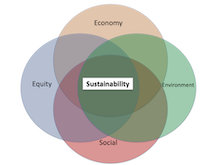
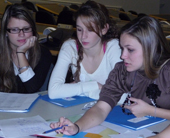 |
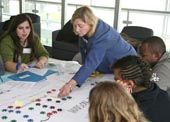 |
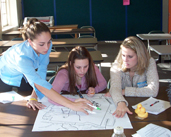 |
 |
|---|
Watershed & Water Conservation Planning
Water Conservation
Lamont-Doherty Earth Observatory
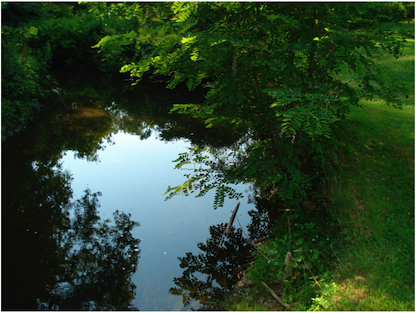 |
CONSERVING OUR WATER RESOURCES
CONSERVATION IS THE KEY TO WATER PLANNING & MANAGEMENT
Water conservation starts with understanding the source at the watershed level. Once water resources have been identified planning in the region should be focused on the preservation and protection of this resource. Water conservation can be defined as the preservation, management and development of water resources throughout the watershed. Around the world, water conservation is gaining recognition as the most important strategy for water planning and management. Without adequate water resources a community will not be sustainable.
Urban water conservation is dependent on the changing behaviors of consumers, and economic, technological, and public awareness factors. Changing consumer behaviors is itself a challenge and can be influenced by personal factors such as income and education. For example, lower income households tend to use less water per person. Urban design also plays a large factor in water conservation. For example, incorporating water-sensitive planning can substantially improve water conservation. Between individual and city efforts, water conservation can curb consumption drastically.
WATER SAVING FIXTURES & APPLIANCES & HOME DESIGN
Improvements in water fixtures and appliances since the 1990s has helped water conservation efforts. WaterSense is an EPA program designed to reduce water use. WaterSense fixtures are fixtures certified through th program and use 20% less water yet do not cost any more than comparable fixtures. WaterSense homes are designed so that the plumbing is centralized to avoid water loss in piping water throughout the house.
WATER CONSERVATION IDEAS
- Retain Trees and Natural Landscape - Trees can help cool and absorb more water rather than letting it run off into the drain. Protecting the headwaters in your watershed is an important way to not only conserve water but also protect water quality.
- Native Plants - Require less water to maintain and can help to absorb storm water
- Rain Gardens - Allow for storm water to be returned to the ground, rather than run-off into streets and into streams
- Vegetated strips - Plant strips that sit along the edge of sidewalks can be used to let water 'run-on' rather than flowing down the storm drains. Vegetated islands in large parking lots can serve the same purpose.
- Rain Barrels - Collect rainwater from rooftop gutters and can be used to gardens
- Pervious Paver - Paving material that allows storm water to be absorbed through its surface and put back into the ground below, rather than run-off into a storm drain system
- Green Roof - Covering a roof with vegetation to absorb rainwater
- Drip Irrigation - using drip irrigation is much more water stingy than inground irrigation systems
- Limit Outdoor Water Use - and water only during night-time hours to avoid evaporation
- Low Flow Water Fixtures - Sink faucets, shower heads, and toilets that use less water than traditional models by using a high-pressure to produce an equally strong flow with less water
- Water Saving Applicances - Front loading washing machines, low water use dishwashers
Check out 100 plus ways to conserve water and include them in your planning!